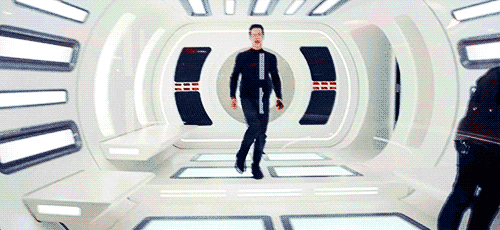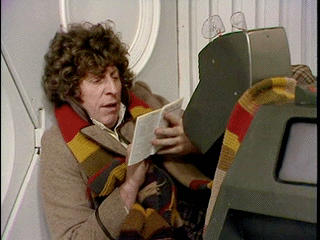Could prescribing rights be on the horizon for radiographers?
Stardate: 92257.58
So, I was browsing the SoR's website last night, and came across one of their news posts that caught my eye, regarding radiographers and prescribing medication.
In July 2009, a report was published presenting the findings of the Allied Health Professions (e.g. radiographers, physiotherapists, podiatrists etc.) prescribing medications. Currently, there is 'supplementary' prescribing training available to experienced and expert radiographers. These radiographers use PGDs (Patient Group Directions) - specific written instructions for the supply and administration of medicines - for analgesics and anti-emetics that may be required before, during or after procedures. Contrast agents are also managed with PGD.
In order for a radiographer to undertake supplementary prescribing training, they must already be highly advanced, and their employer must have identified a need for a supplementary prescribing role. They undertake the same training as nurses and pharmacist independent prescribers.
There a few arguments raised that back up the need for independent prescribers within the Allied Health Professions, for radiography:
- radiographers are experts in drug interactions with imaging contrast media
- they could manage unexpected side effects, and only liaise with other medical professionals if clinical emergency
- invasive procedure patient need could be better supported by independent prescribing
The report concluded there is strong evidence supporting a progression to Independent Prescribing for radiographers, but less than for physiotherapists and podiatrists. You can read the full report below (link in references list).
But recently, the Society of Radiographers has posted a news update (19th August) stating that ministerial approval has been received, meaning that proposals put forward by the movement (AHP Medicines project) will be taken to public consultation later this year.
One of the Society's professional officers, Christina Freeman, is highly involved in the project, and stated that independent prescribing would "bring radiography in line with other AHP, like physiotherapy, and increase opportunities to develop practice in areas such as emergency, unscheduled and cancer care."
I believe it would be a great opportunity to advance a radiographic career, and give insight into other clinical areas of expertise that radiographers rarely experience, and give the profession more autonomy with patient management. There is a long way for the project to go, but it is currently big news within the profession's future!
Who knows, in 10 years time I could be prescribing people medication... jeepers!
LLAP!
References
- Department of Health. (2009). Allied health professions prescribing and medicines supply mechanisms scoping project report. Available: http://webarchive.nationalarchives.gov.uk/20130107105354/http://www.dh.gov.uk/prod_consum_dh/groups/dh_digitalassets/documents/digitalasset/dh_103949.pdf. Last accessed 27th August 2014.
- Society of Radiographers. (2014). Radiographers move a step closer to gaining independent prescribing rights. Available: https://www.sor.org/news/radiographers-move-step-closer-gaining-independent-prescribing-rights. Last accessed 27th August 2014.





